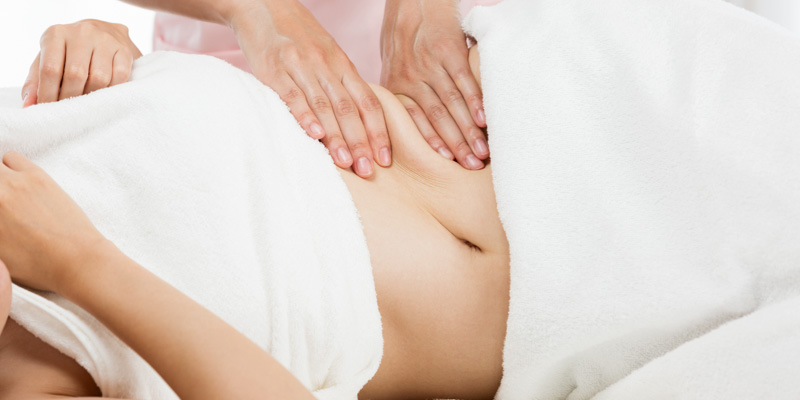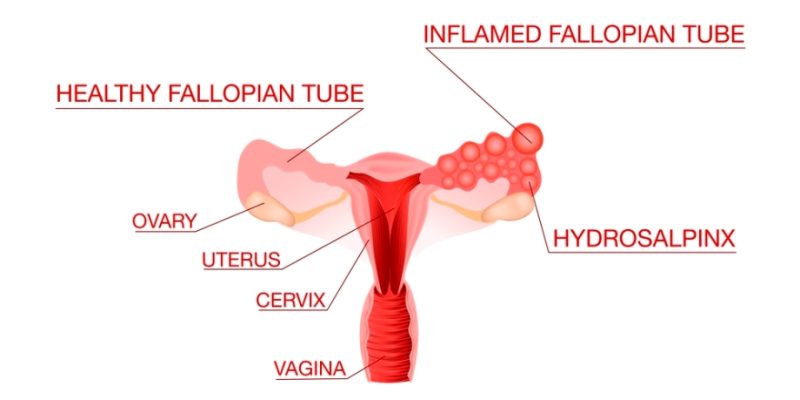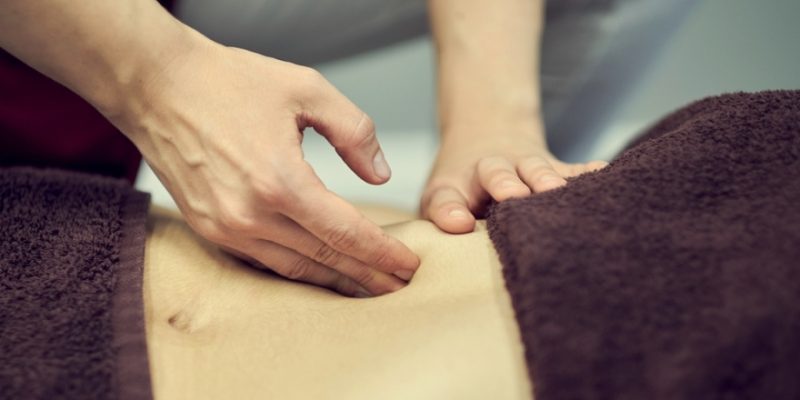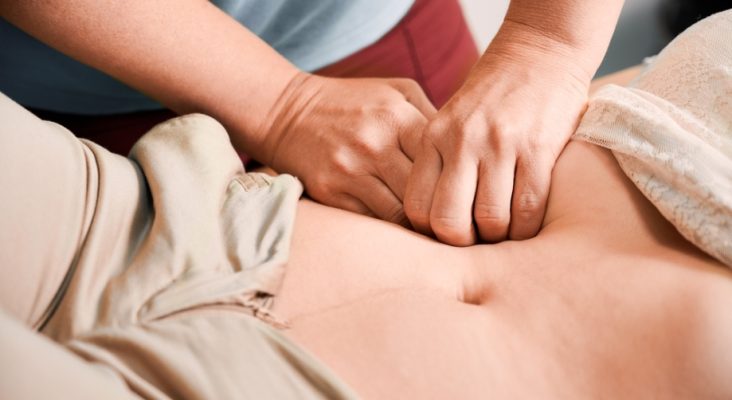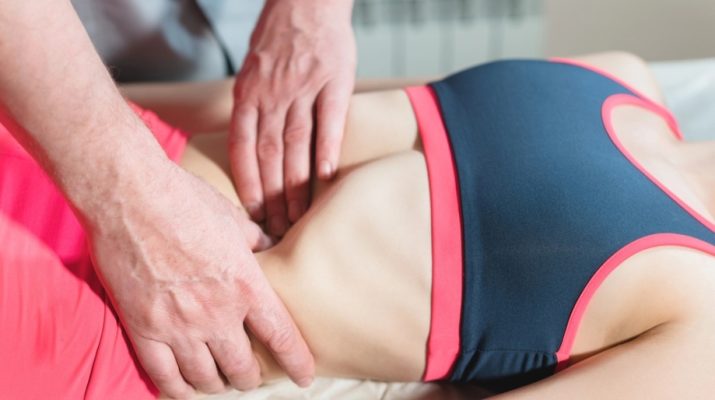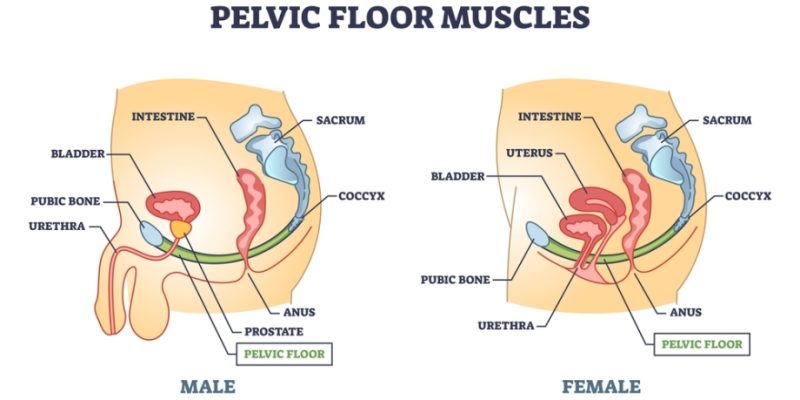
For those who have never received an Abdominal Massage it may be a somewhat scary idea that a massage therapist will “poke and press into the abdomen.” That’s of course understandable because the abdominal region is perceived as not only rather intimate but also as a very sensitive area of the body.
Types of Abdominal Massages
Nevertheless, there are many types of abdominal massages which are carried out for different types of complaints, some massages being very gentle and others indeed rather tough and deep.
There are actually four main types of Abdominal Massage:

- Abdominal Massage that works only superficially, mostly on the outer skin layers and which simply serves to impart some emotional warmth, caress, and general feelings of wellbeing;
- then you have massage that’s predominantly carried on the abdominal muscles, which could help resolving back complaints, postural issues, or general abdominal tensions;
- Internal Organs Massage, which aims at resolving health complaints related to organs such as the intestines, kidneys, gallbladder, or reproductive organs, and so on. This massage may work on resolving soft tissue adhesions, releasing connective tissue and fascia tension, loosening up scar tissue, guiding organs into their proper place, and stimulating blood and lymph circulation;
- and Abdominal Massage that aims at emotional and trauma release, also called Abdominal De-Armoring, which may work on muscles, myofascial tissues, and internal organs.
Mind that in the case of working on the genital organs, an Abdominal Massage may be called a Genital Massage, Sexual Healing Massage, Pelvic Massage, or Fertility Massage, depending on the type of health issues that are addressed and the focus of the therapist.
In any case, some popular Abdominal Massage modalities are Chi Nei Tsang, Visceral Manipulation (VM), Karsai Nei Tsang Massage, Maya Abdominal Massage, Abdominal Massage for Constipation, Pregnancy Abdominal Massage, Postpartum Abdominal Massage, Mizan Therapy, and Hawaiian Abdominal Massage. There are many more, but this just to give you an idea.
The Abdominal Massage Treatment
An Abdominal Massage treatment typically takes about an hour. It’s advised not to eat at least an hour or two before a session and to empty the bowels if possible.
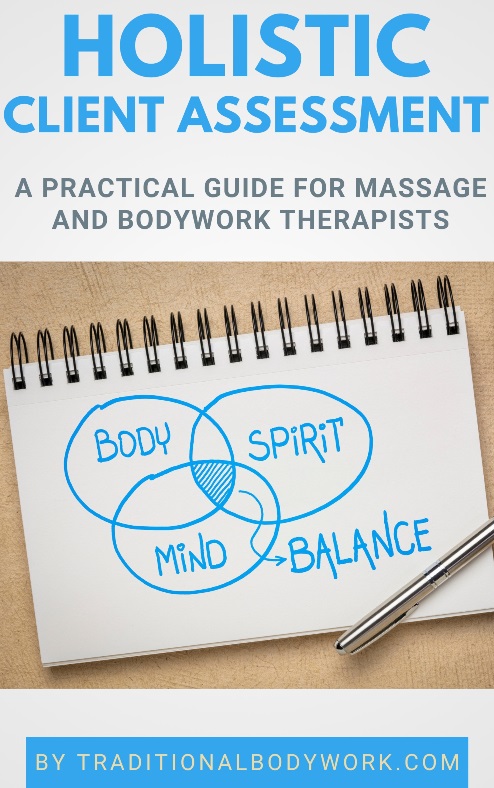
The massage is carried out with the receiver lying on the back and/or in the side-lying position on a massage table or on the floor on a massage mat. Most likely the abdomen will be uncovered (especially if oils or creams are used), although this may also depend on the type of Abdominal Massage.
It’s common that the massage therapist will first talk with you in order to understand what you need, what your complaints are, and what you can handle, and likewise inform you about the type of treatment you will receive.
As a rule, the therapist will always start slowly with a new client by softening and relaxing the abdominal area, usually by applying gentle massage with oils making smaller and larger circles on the abdomen with the hand palms and fingers and giving only light pressure, and/or by using warm herbal pouches. Softening is usually necessary, because new receivers/clients often have a very tensed and contracted abdomen which impedes working on the deeper abdominal or pelvic levels.
New receivers may also be quite nervous and a bit scared of abdominal work and hence one first needs to build a connection and trust to avoid resistance during sessions. In fact, it may even be that the first session only consists of “loosening-up” the region and that deeper work will only begin in a second session.

Keep in mind that deep abdominal or pelvic work may be intense and also somewhat painful, notably if myofascial or trigger point release occurs, scar tissue or knots and tangles are worked upon, or when certain stretches are applied. Commonly, the therapist will guide you during this process by helping you with breathing techniques or by applying other techniques that relax you and your abdomen.
In addition, abdominal work often “touches the emotions,” so be prepared for at least some kind of emotional release, which is completely normal, and something the therapist will certainly understand and give you space for.
Immediately after a session you may feel in trance, tired, or perhaps the opposite: extremely invigorated. It’s important to get the space and opportunity to calm down before leaving the session location. It’s also advised to take it easy after the session and just relax during the rest of the day, and to not engage in intense physical activity.
Notably if strong emotional or trauma release has occurred, you may need days to emotionally rebalance and recover. You may also experience some soreness in the abdominal area in the days after the session, or mood swings, or you may feel very active or perhaps very passive, and whatnot.
Most people will have found a new equilibrium within five to seven days, but it may take longer. The therapist should allow you to give feedback or to ask questions with regard to the after-period of the massage. At any rate, most of the times, you will need multiple sessions to really reap the benefits of Abdominal Massage treatments.
Abdominal Massage Precautions and Contraindications
In general, an Abdominal Massage treatment session can be given to any person.
Of course, the length of the session, the type of Abdominal Massage, and the techniques applied will depend on the receiver’s complaints, needs, abilities, and capabilities. As a whole, one could say that the general massage therapy precautions and contraindications apply.
However, if you have any doubt if you can handle a session, it’s always best to first consult a physician or other appropriate medical professional before engaging in deep therapeutic Abdominal Massage.






